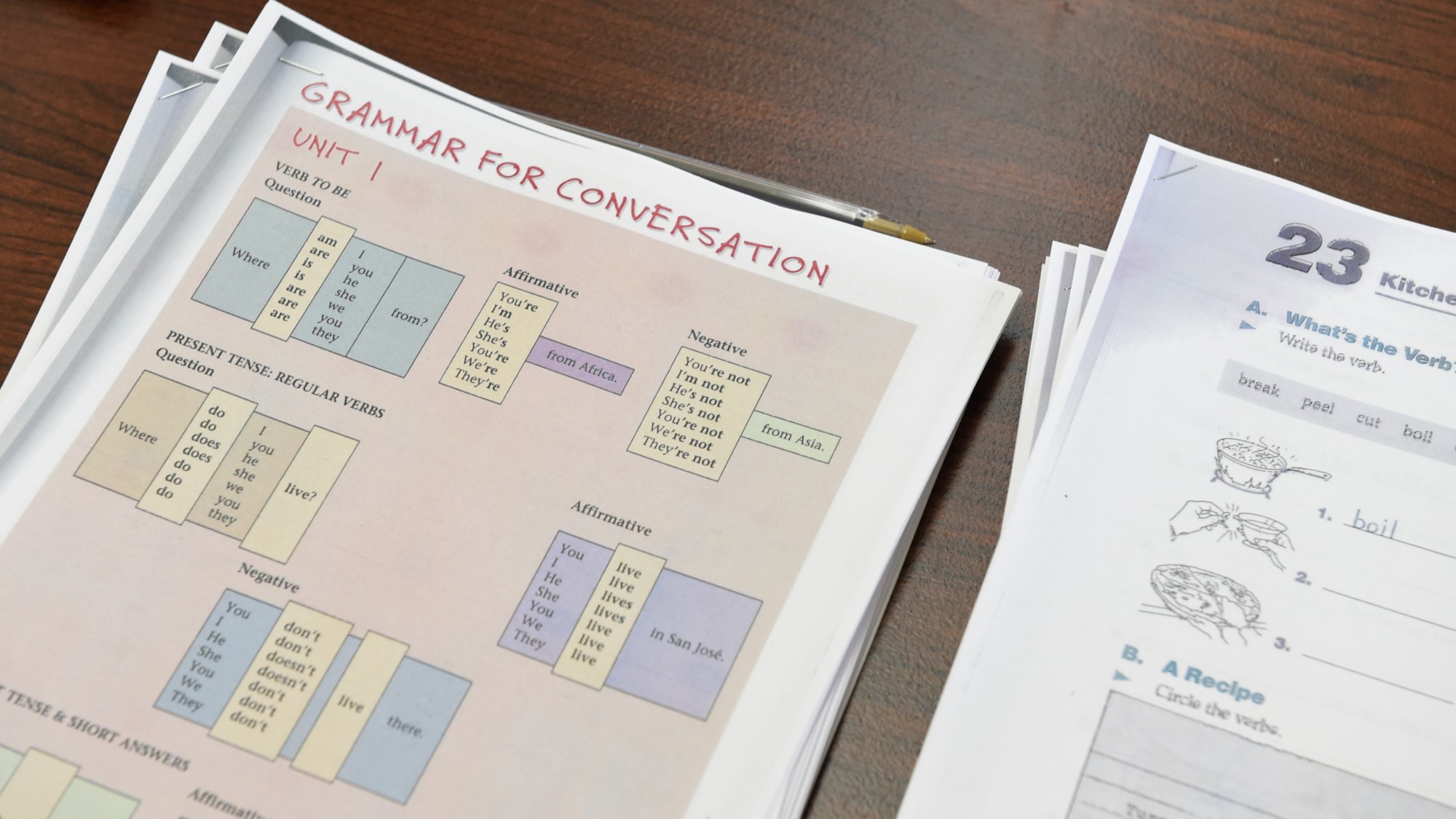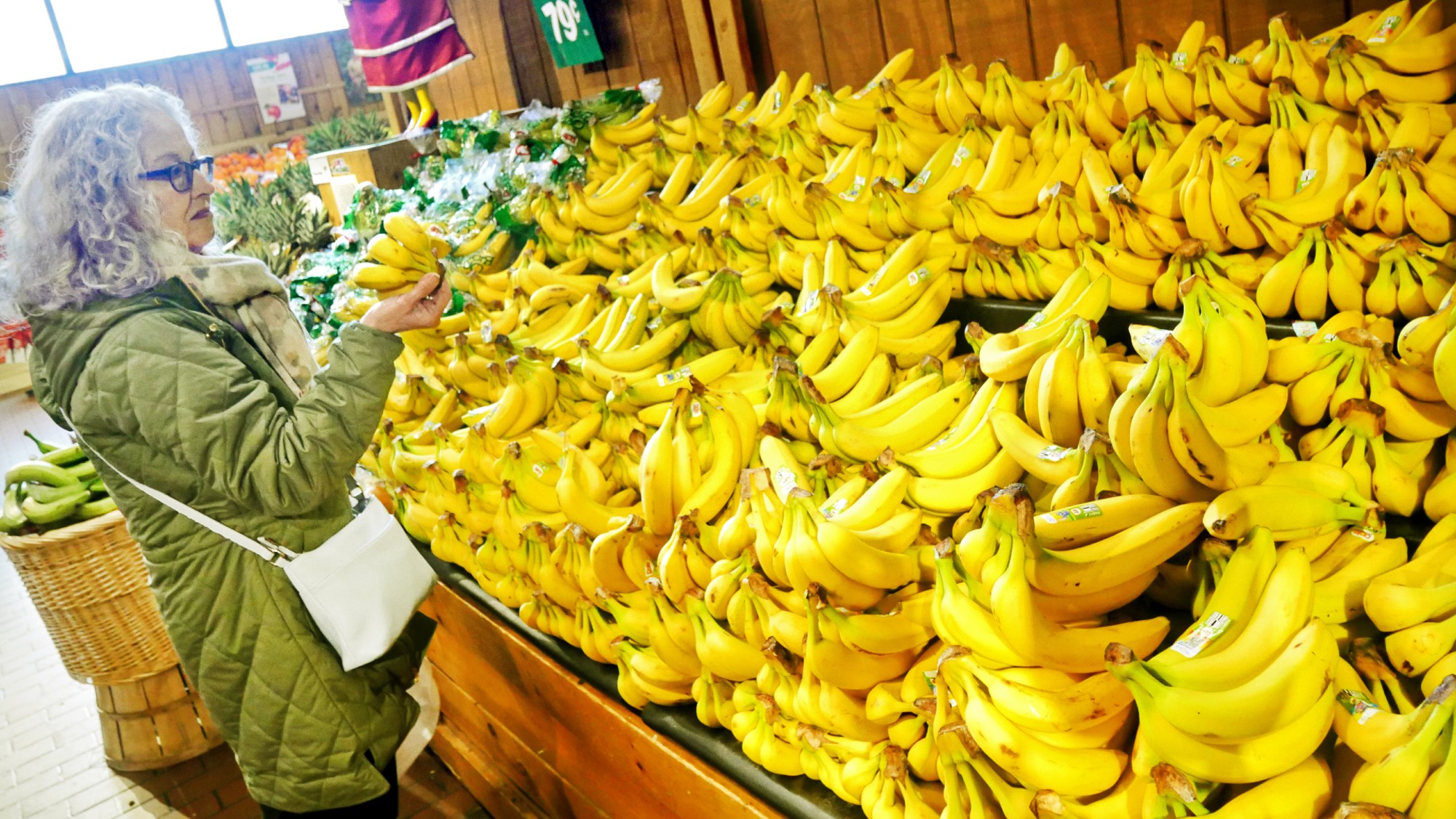The statistics behind the UK children lost to coronavirus
Largest study of its kind details risk to children just days before schools reopen

The biggest study yet of children admitted to hospital with Covid-19 has revealed that the virus poses a “vanishingly small” threat to school students.
Children’s risk of needing hospital treatment for coronavirus is “tiny”, with the likelihood of needing critical care “even tinier”, the British Medical Journal (BMJ) study found.
“Black children, those who are obese and very young babies have a slightly higher risk”, the BBC says.
The Week
Escape your echo chamber. Get the facts behind the news, plus analysis from multiple perspectives.

Sign up for The Week's Free Newsletters
From our morning news briefing to a weekly Good News Newsletter, get the best of The Week delivered directly to your inbox.
From our morning news briefing to a weekly Good News Newsletter, get the best of The Week delivered directly to your inbox.
What do the figures say?
The BMJ analysed the outcome of 651 children hospitalised with coronavirus in England, Wales and Scotland. The research spanned two-thirds of all children’s admissions in the UK between January and July and “confirms what is already known about the minimal effects of the virus on children”, the BBC reports.
The study “tracked patients for a minimum of two weeks during which time 18% of children were admitted to intensive care”, The Telegraph says. Just 1% of children died in hospital, a “strikingly low” fatality rate compared with 27% across all ages.
All of the children that were killed by the virus suffered from underlying health issues, including “cancer and serious neurological, blood or heart issues”, The Guardian reports.
A free daily email with the biggest news stories of the day – and the best features from TheWeek.com
Calum Semple, professor in child health and outbreak medicine at the University of Liverpool and co-lead of the study, stressed that the children who died suffered from “profound co-morbidities – not a touch of asthma and not cystic fibrosis”.
Researchers warned that children with such serious conditions remain vulnerable to the virus and must take precautions.
Children of black ethnicity were “three times more likely to suffer severe Covid-19”, The Telegraph notes. However, researchers said the “absolute risk is so low that it made little difference and parents should not be concerned”, the paper adds.
“For a black healthy child, there is no risk at all,” Semple said. “I can say with absolute confidence to the mother of a black child in Liverpool, or Brixton or Glasgow, that they are safe to go back to school.”
The study concluded that the “risk of a child developing severe disease with the coronavirus is rare and death ‘exceptionally’ so”, Yahoo News adds.
What is the reaction?
Semple said that the study means parents can be “confident that their children are not going to be put at direct harm by going back to school”. He added: “We do know that they are at harm by being kept away from school because of the lack of educational opportunities, and that’s affecting mental health.”
Co-author Olivia Swann, clinical lecturer in paediatric infectious diseases at the University of Edinburgh, said: “Nothing is ever risk free, as a parent and a children’s doctor and as a researcher I find this study and these numbers extremely reassuring.
“The absolute risk of any child being admitted with Covid is tiny. The absolute risk of them being admitted to critical care is even lower.”
Both Semple and Swann said their children will be returning to school next month. The study has been seen by chief medical officer Chris Whitty, ahead of his statement this weekend encouraging parents to send their children back to school, The Telegraph reports.
How do other countries compare?
Data collated by Unicef shows the “direct impact of Covid-19 on child and adolescent mortality [is] very limited”, with the main threat coming from “indirect effects stemming from strained health systems, household income loss, and disruptions to care-seeking”.
A study led by a team at London’s Great Ormond Street Hospital in June found that child deaths in Europe are “extremely rare”, with just four of the 582 children studied succumbing to the virus, “two of whom had known underlying health conditions”, the BBC says.
And research published by the Centre for Disease Control and Prevention (CDC) in the US found that “most reported SARS-CoV-2 infections in children [under 18-years-old] are asymptomatic or mild”.
In June, it was reported that a high number of child deaths in Indonesia highlighted the danger of Covid-19 to young people.
The country has “one of the world’s highest rates of child deaths from the novel coronavirus”, with a total of 715 people under 18-year-old contracting the coronavirus and 28 dying, according to a health ministry document dated 22 May seen by Reuters.
Experts attributed the high death rate among children to a “devil’s circle” of malnutrition, anaemia and inadequate child health facilities, mirroring Unicef’s warning that secondary factors increase child mortality.
Joe Evans is the world news editor at TheWeek.co.uk. He joined the team in 2019 and held roles including deputy news editor and acting news editor before moving into his current position in early 2021. He is a regular panellist on The Week Unwrapped podcast, discussing politics and foreign affairs.
Before joining The Week, he worked as a freelance journalist covering the UK and Ireland for German newspapers and magazines. A series of features on Brexit and the Irish border got him nominated for the Hostwriter Prize in 2019. Prior to settling down in London, he lived and worked in Cambodia, where he ran communications for a non-governmental organisation and worked as a journalist covering Southeast Asia. He has a master’s degree in journalism from City, University of London, and before that studied English Literature at the University of Manchester.
-
 ‘Kast’s victory is a political and ethical earthquake’
‘Kast’s victory is a political and ethical earthquake’Instant Opinion Opinion, comment and editorials of the day
-
 ‘City leaders must recognize its residents as part of its lifeblood’
‘City leaders must recognize its residents as part of its lifeblood’Instant Opinion Opinion, comment and editorials of the day
-
 ‘These accounts clearly are designed as a capitalist alternative’
‘These accounts clearly are designed as a capitalist alternative’Instant Opinion Opinion, comment and editorials of the day
-
 Is a Reform-Tory pact becoming more likely?
Is a Reform-Tory pact becoming more likely?Today’s Big Question Nigel Farage’s party is ahead in the polls but still falls well short of a Commons majority, while Conservatives are still losing MPs to Reform
-
 ‘Every teacher is a literacy teacher’
‘Every teacher is a literacy teacher’Instant Opinion Opinion, comment and editorials of the day
-
 ‘Officials say exporters pay the tariffs, but consumers see the opposite’
‘Officials say exporters pay the tariffs, but consumers see the opposite’Instant Opinion Opinion, comment and editorials of the day
-
 ‘Congratulations on your house, but maybe try a greyhound instead’
‘Congratulations on your house, but maybe try a greyhound instead’Instant Opinion Opinion, comment and editorials of the day
-
 ‘France may well be in store for a less than rocambolesque future’
‘France may well be in store for a less than rocambolesque future’Instant Opinion Opinion, comment and editorials of the day


